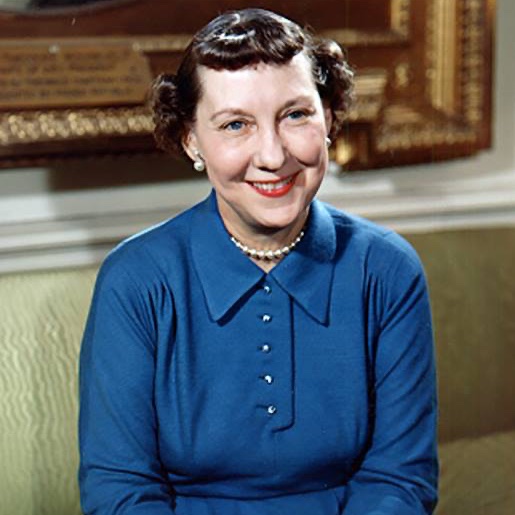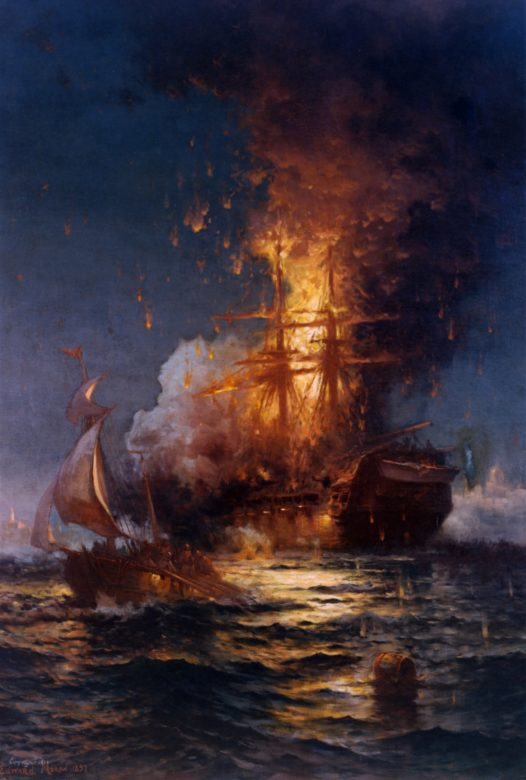The Resolute desk is one of the best-known objects in the White House, having been used by many presidents as their Oval Office desk. A brass plaque on the desk reads: (1/6)
Image Credit: White House Historical Association
Image Credit: White House Historical Association

“The H.M.S. Resolute, forming part of the expedition sent in search of Sir John Franklin in 1852, was abandoned in Latitude 74º 41' N. Longitude 101º 22' W. on 15th May 1854.” (2/6)
“She was discovered and extricated in September 1855, in Latitude 67º N. by Captain Buddington of the United States Whaler George Henry.” (3/6)
“The ship was purchased, fitted out and sent to England, as a gift to Her Majesty Queen Victoria by the President and People of the United States, as a token of goodwill & friendship.” (4/6)
Image Credit: White House Historical Association
Image Credit: White House Historical Association

“This table was made from her timbers when she was broken up and is presented by the Queen of Great Britain & Ireland, to the President of the United States, as a memorial of the courtesy and loving kindness which dictated the offer of the gift of the Resolute.” (5/6)
Presidents have used the desk in the President’s Study on the Second Floor, the Broadcast Room, and most recently, the West Wing. (6/6)
Image Credit: White House Historical Association
Image Credit: White House Historical Association

• • •
Missing some Tweet in this thread? You can try to
force a refresh





















